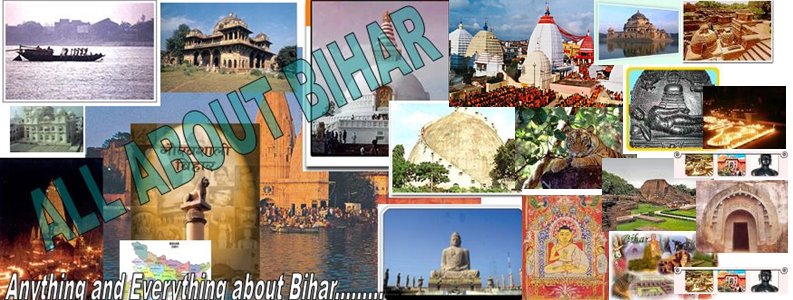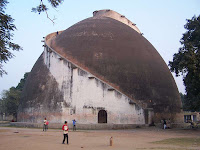PATNA: Yet another young and talented Bihari, Manish Tiwary, has made it to Bollywood as a modern genre filmmaker. Manish, 34, son of a famous radiologist of Muzaffarpur Dr Bibhuti Tiwary, has directed his first feature film "Dil Dosti Etc" slated for all-India release on September 28.
"What does an 18-year-old guy in college really want? 'Dil Dosti Etc' is a fresh, unabashed, no-hold-barred look at how young men of today think and choose to live their life," Manish told TOI on phone from Mumbai. The two-hour feature film explores varied nature of friendship, male bonding, voyeurism, sexual perversion and love. "It delves into the lives of a seemingly dysfunctional generation indulging in pleasure which is often construed to be aimless," he said. Manish still fondly recalls his early days spent at Juran Chhapra locality of Muzaffarpur. "I am a Bihari", he proudly says.
After completing schooling from Sainik School, Tilaiya, he went to Hindu College, Delhi, to do his graduation in zoology. "After doing my post-graduation in environmental sciences from JNU, I went abroad to pursue higher studies from various universities like Leicester University (UK), Cambridge (UK), Yale (US) and Tokyo (Japan). I have worked with the United Nations in Rome, Nepal and India. I was also in-charge of the Cine Society during my three-year stay at Cambridge," Manish said, adding that he has already produced and directed two documentaries and five short films which were shown at International film festivals." "This is when I decided to switch over to full-time filmmaking. I took a long sabbatical and came to Delhi to write the script with Pawan Sony, for the film-Dil Dosti Etc," he said. Manish, has also promoted few Bihari artists like Dinesh Kumar who has passed out from Delhi's National School of Drama in the film. Naseeruddin Shah's son Imaad Shah, is the lead actor in the film besides Shreyas Talpade, Smriti Mishra, Nikita Anand and Ishita Sharma. Smriti Mishra plays Vaishali, a sex-worker in Delhi. "The film is set around the lifestyle of students in DU. Through two university hostellers, Apurv, a rich cosmopolitan guy, and Sanjay, an old-fashioned Bihari, the film juxtaposes the new and old in our society," Manish said. The three female leads — a prostitute, a school girl and a rich model — are depicted not only as love interests of heroes but also to have the viewers chart a range of emotions. This film uses a rich ensemble of characters, stories and themes to reflect the mood of urban India, he said.
(source:www.timesofindia.com)



